In irrigated crop production, farmers depend on irrigation to supplement rainfall to supply the water requirements of the crop. Proper operation and maintenance ensure that an irrigation system performs optimally. Before an inspection can be done you need to understand the components of an irrigation system.
The Irrigation System
A basic irrigation system consists of the following components:
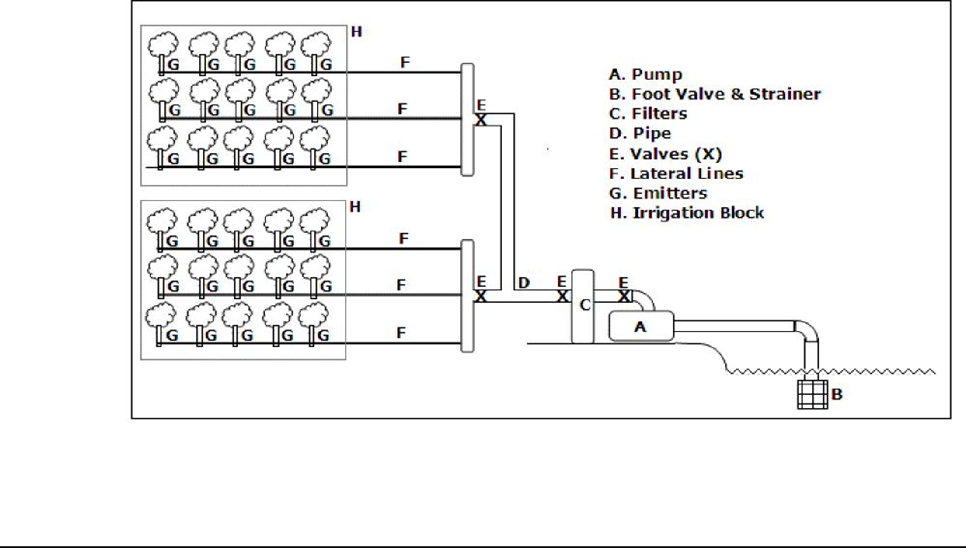
Pumps
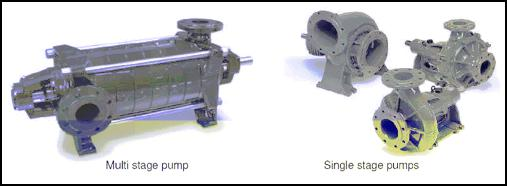
Almost all irrigation systems, except gravity feed systems, rely on pumps to pump water to the field blocks or orchards and supply pressure to the emitters to work properly. The pump moves or displaces, water by sucking water from the source, such as a river, dam, reservoir, etc., and propelling it through the irrigation system.
Pumps come in a wide range of shapes, sizes and types, such as centrifugal, submersible, and positive displacement pumps. They are driven by either diesel engines or electrical motors. The most commonly used pumps are single and multi-stage centrifugal pumps driven by electrical motors as electricity is generally significantly more cost-effective than diesel. Single-stage pumps have only one stage containing a single impeller, while multi-stage pumps have two or more stages and deliver higher pressures
Pumps consist of various components, including the motor that drives the pump, the suction and delivery pipes, and various valves. The Figure shows the various components of a standard pump.
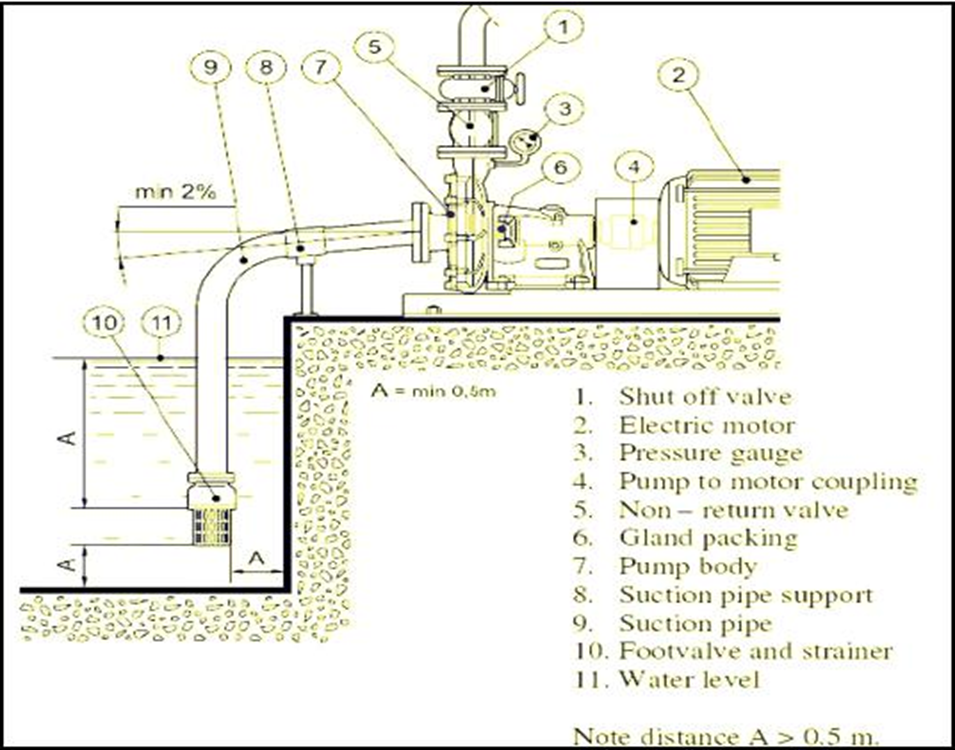
Filters
Filters clean and remove impurities from the water that can block emitters. Various types of filters are used, most commonly sand, disc and screen-type filters.
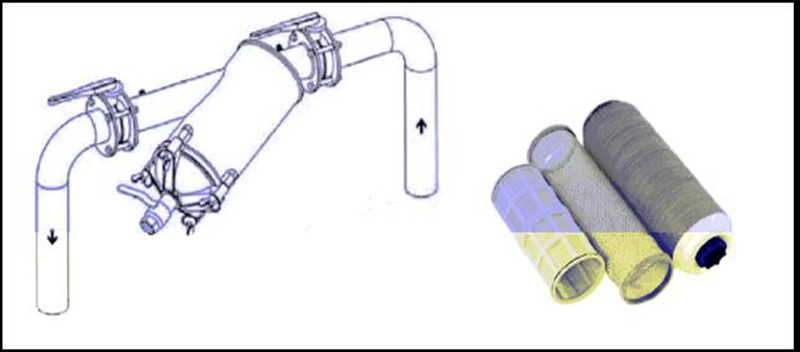
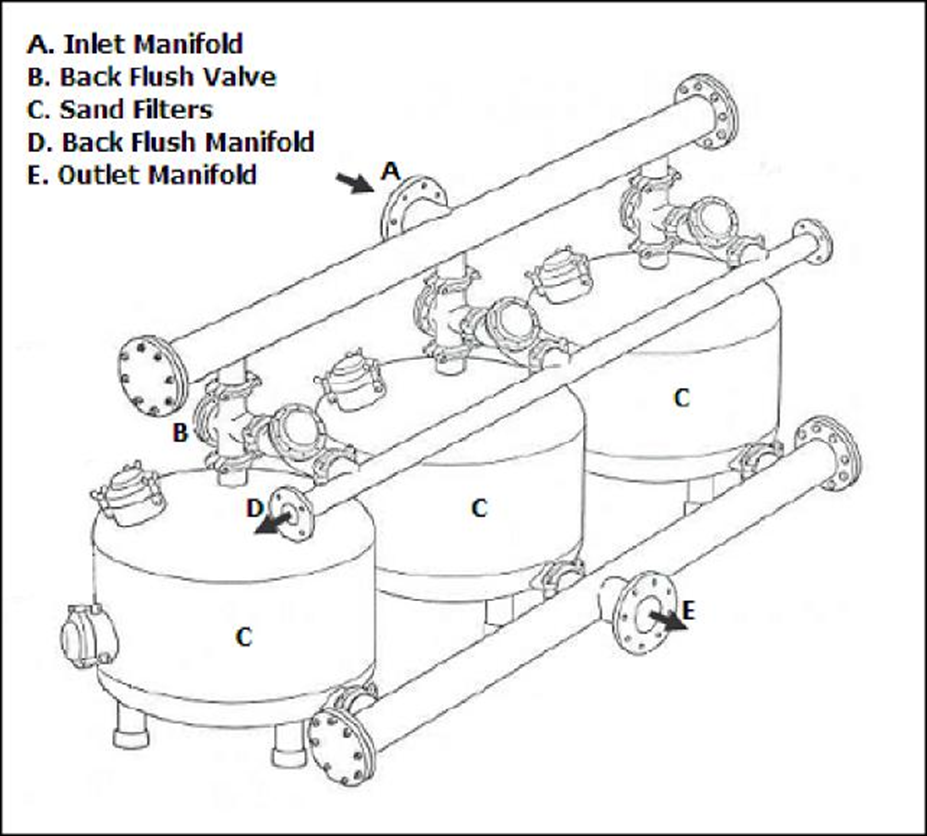
Pipes
The pipeline channels water between points, such as from the water source to the pump, from the pump to the main lines and from the mainlines to the crops.
A wide range of pipes is available and used on farms. For main and sub-main lines u-PVC and steel pipes are normally used. In some older installations, asbestos-cement pipes are still in use. These pipes are unsuitable where acid is introduced into the irrigation water for fertigation purposes.
Polyethene pipe (black plastic pipe) is mostly used for lateral lines, which is the name of pipelines that deliver water to the crops.
Valves
Valves control the flow of water by opening or closing, thereby allowing water through or cutting it off. Various types of valves are used.
Gate and butterfly valves are used to open or close a pipeline;
Pressure control valves are used to regulate pressure and flow rate;
Non-return valves are used to prevent the reverse flow of water when the pump is switched off;
Air and vacuum valves are used to expel air in the pipeline and to prevent a vacuum from forming after a line is closed or the pump is switched off.
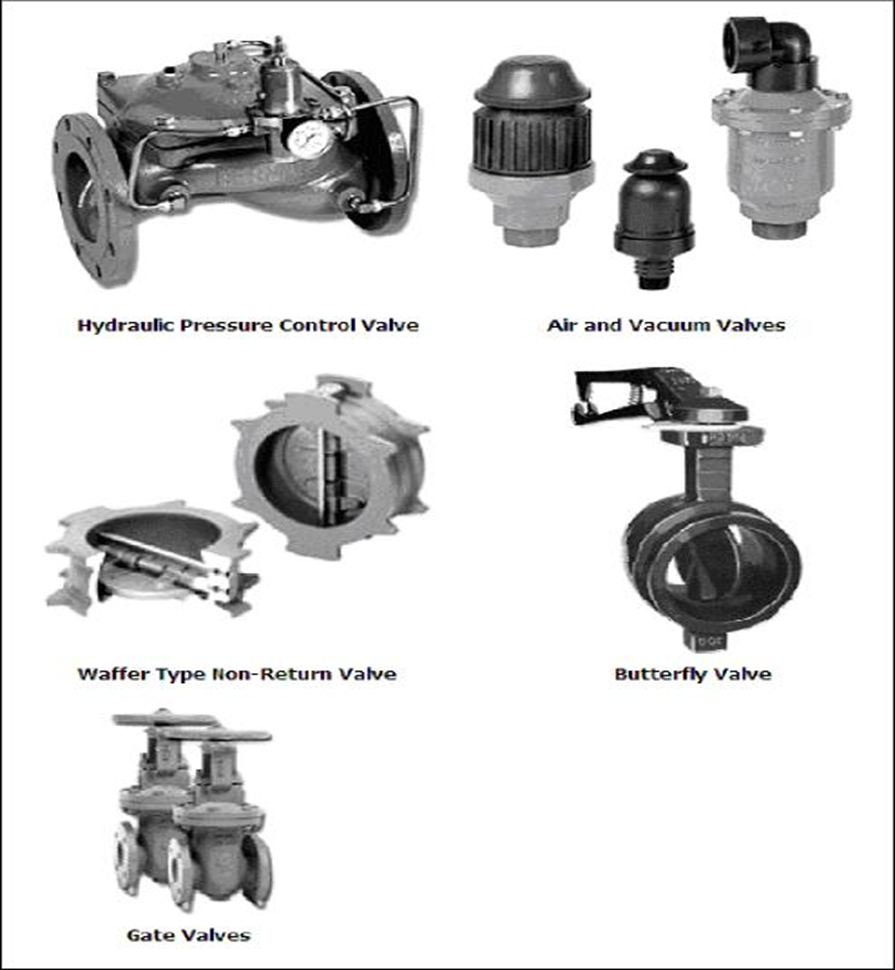
Emitters
Emitters are placed in lateral lines and apply water to individual crops in a uniform and efficient manner. Examples of emitters are micro-sprayers, drippers and sprinklers.
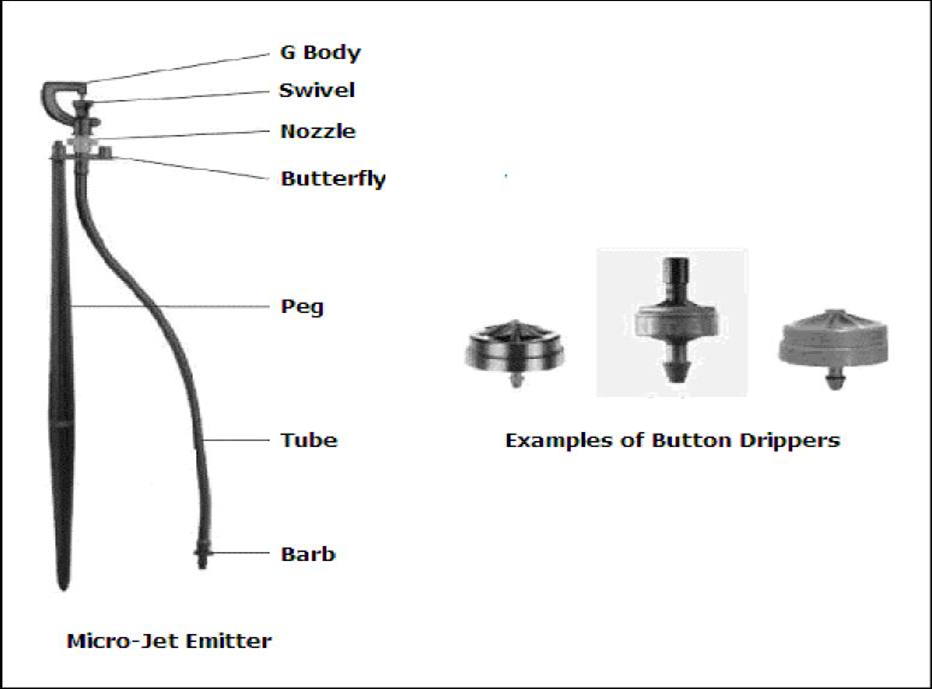
Click here to learn more about "Looking at Pivot irrigation differently".